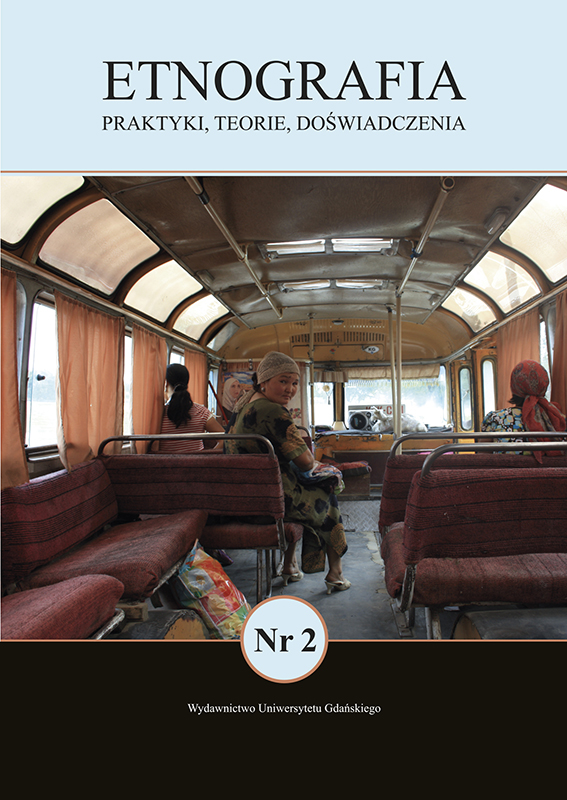Siedem ideałów (Komentarz do artykułu Łukasza Kaczmarka Między survey research a obserwacją uczestniczącą: rozdarcia metodologiczno-tożsamośąciowe w polskiej etnologii/antropologii kulturowej w XXI wieku)
DOI:
https://doi.org/10.4467/254395379EPT.16.008.6487Słowa kluczowe:
methodology, academic ideals, cultural anthropologyAbstrakt
This paper outlines seven methodological ideals. The first ideal pertains to a conviction that research method determines an academic discipline, defines its relationship to the reality and its concept of truth. The second one concerns an assumption that the method employed by a given discipline is able to describe the reality and produce empirical data as a result. The third ideal aims at shaping a proper (correct) manner of investigation of the reality by means of a set of research methods and tools. The fourth ideal assumes that a given discipline has at its disposal a unique method of conducting empirical studies, even if this method is shared by other disciplines. The fifth one is grounded in a specific understanding of academic rigour, applicable to all methods. The sixth relates to the discipline’s identity, based in its coherent methodology. The seventh ideal assumes the existence of coherence between the academic discipline and its institutional setting.
Downloads
Pobrania
Opublikowane
Jak cytować
Numer
Dział
Licencja
Czasopismo wydawane jest na licencji Creative Commons Uznanie autorstwa-Na tych samych warunkach 4.0 Międzynarodowe.

 Uniwersyteckie Czasopisma Naukowe
Uniwersyteckie Czasopisma Naukowe








